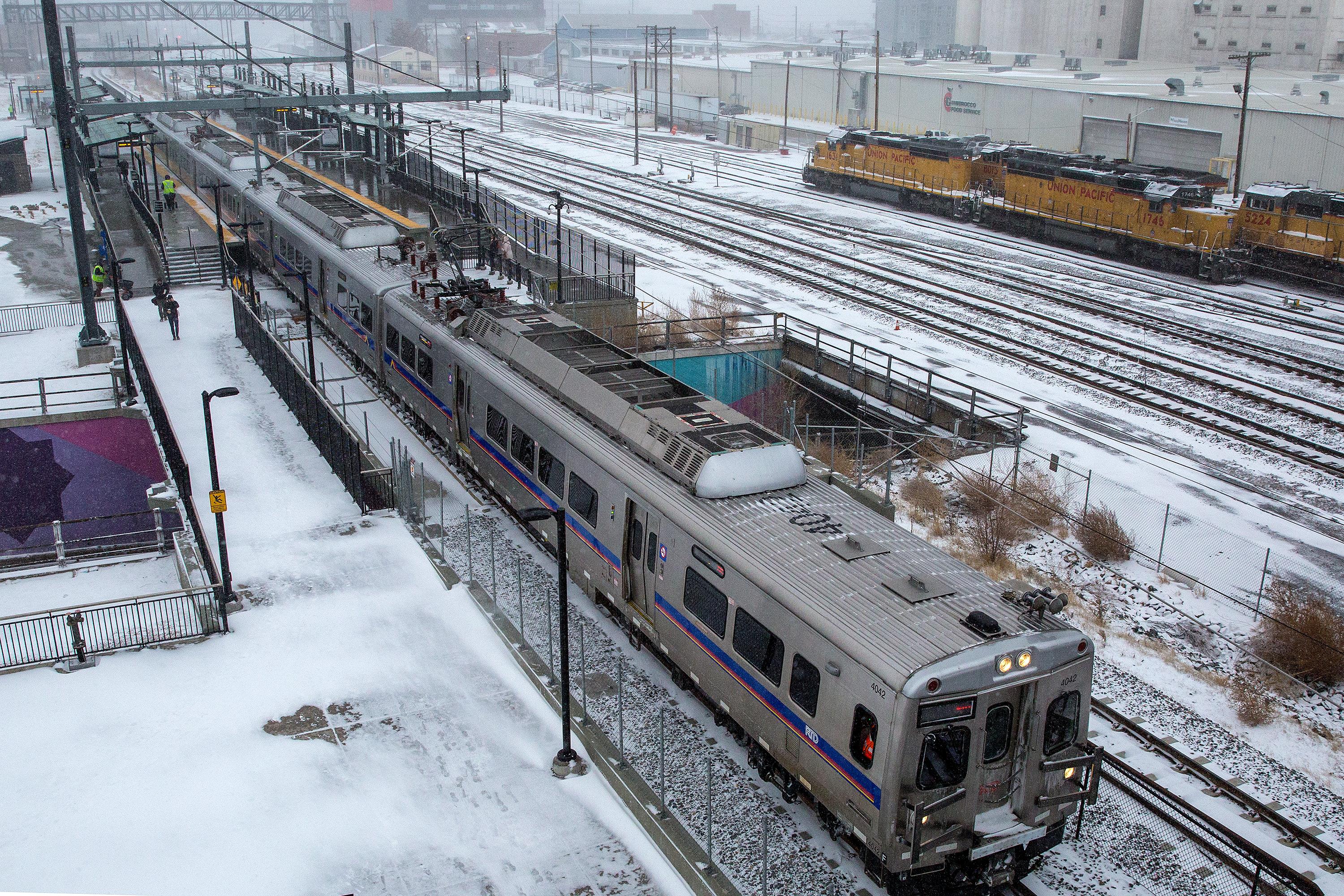

Denver-area residents may have an easier time getting around without a car after the Regional Transportation District and Uber said users will soon see transit routes within the ride-hailing company’s app.
The partnership, announced Thursday at downtown Denver's historic Union Station, will allow RTD to meet its riders’ changing needs, said agency CEO and General Manager Dave Genova.
“We know it’s important to remain an innovator, and to stay pace with the needs of our customers,” he said. “We truly are the regional mobility integrator at the heart of an inter-modal transportation ecosystem."
The route integration is Uber’s first such partnership with a transit agency, said David Reich, the company’s head of transit.
“This is something that's never been done before in the Uber app, and we couldn't be happier than to be doing it right here in Denver,” Reich said.
App users will see “transit” as an option after they choose a destination. They will be shown nearby routes and walking directions. And soon, app users will be able to purchase RTD tickets through the Uber app.
RTD will collect its full fare from such a purchase, Genova said.
There are no ridership goals associated with the partnership, Genova said, while noting that bus ridership is sagging while light and commuter rail lines are seeing increases. Rather, he said, the main goal is to raise the agency’s profile.
“Every time the Uber app gets opened in Denver, whether you live in the Denver metro region or you're a visitor, you see a transit trip,” he said. “That's an incredible benefit for us."
RTD is open to working with other ride-hailing companies like Lyft. Genova added that his agency did not alert the metro area's taxi companies of the Uber partnership in advance. A spokesman for the Denver-area Metro Transportation Planning and Solutions Group has not yet responded to a request for comment.
Uber will be rolling out similar functionality in cities across the world in the coming months and years, Reich said. “Denver will serve as a great example of how we can work together to improve mobility,” he said.
Ride-hailing companies have partnered with transit agencies across the country, in various forms. The Pinellas Suncoast Transit Agency in St. Petersburg, Florida, for example, subsidizes Uber, Lyft and transit trips to cover areas it couldn't. A 2018 report from DePaul University said dozens of agencies across the country have struck similar deals.
But some research, including a dissertation by a University of Colorado Denver graduate student, suggests that ride-hailing companies actually cannibalize transit use and make traffic worse.
Uber’s Reich brushed off such studies and said his company wants to complement public transit.
“Uber's strategy is moving towards being the all-in-one app to let people know how to get to their destination, however is best for them,” he said. “And in many of those situations, it's transit.”









